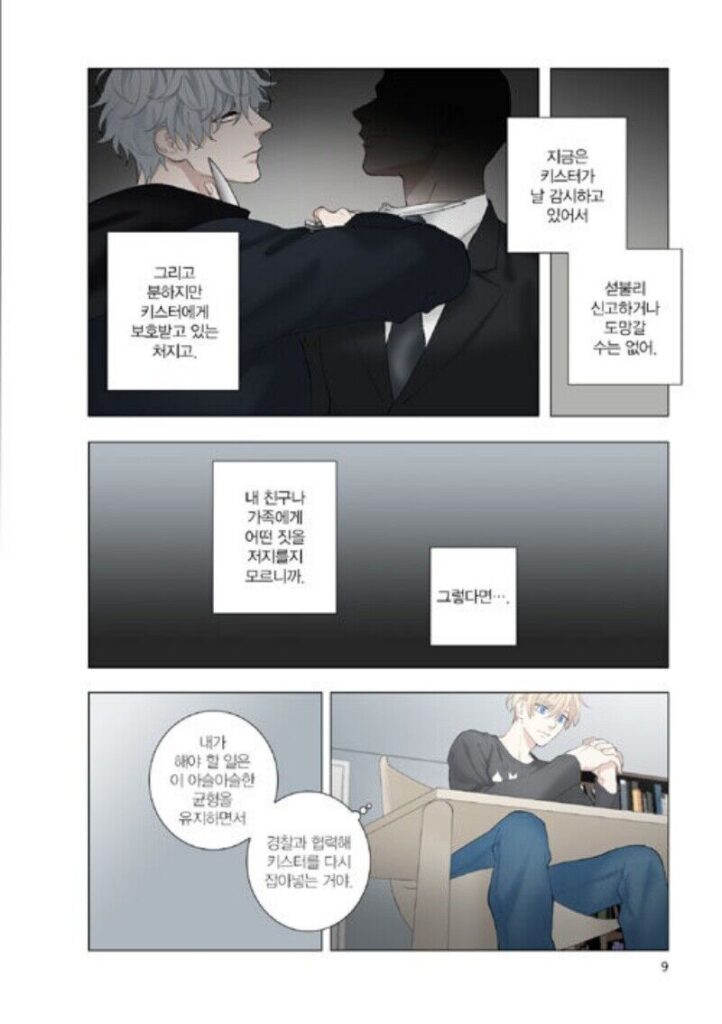Creating a successful Webtoon can be challenging, but you can make your series stand out with the right approach. Based on tips from Webtoon producers, this short guide highlights key strategies for story and visual development. By following these insights, you’ll be better equipped to engage your audience and build a memorable series.
Start Strong: The Importance of the First Three Episodes
The first three episodes are crucial as they determine whether readers will continue or drop your Webtoon. To capture attention, focus on answering the basic questions: who, what, when, where, how, and why. You don’t need to answer all at once but provide enough context to engage readers. Leaving hints and promising future revelations, especially regarding characters’ motivations, can be compelling. Exposition is key—whether you’re building a fantastical world or crafting a slice-of-life story, setting up context early is essential for hooking your audience.

Balance Worldbuilding and Character Development
Depending on your genre, focus on either worldbuilding or character development early on. For high fantasy or sci-fi, immerse your readers in the mechanics of your world. In contrast, for romance or slice-of-life, give background and depth to your characters so that readers become emotionally invested. Regardless of the genre, successful Webtoons blend both world and character development, creating a dynamic and engaging narrative from the start. Like a basket of juicy strawberries, your initial episodes should deliver on your story’s promises to keep readers engaged.
Developing Compelling Characters
A strong character introduction is vital for drawing readers in. Make the main character’s entrance memorable and unique, whether they are relatable, mysterious, or larger-than-life. Ensure your audience connects with their struggles or goals, whether relatable or fantastical. By setting up the main conflict early, you allow readers to develop a personal attachment to the character. Rooting for the character’s success or failure helps keep the audience engaged and invested in their journey throughout the series.
Pacing: Avoid Overwhelming or Dragging Episodes
One of the key elements of storytelling is pacing. Aim to include one or two major plot points per episode, focusing on character interactions or story revelations. With longer episodes (60-80 panels), you may include up to three plot points. However, simplicity is key. Focus each episode on one main idea to avoid overwhelming the reader. A hook at the end of each episode is essential for maintaining interest and keeping readers coming back for more.
Creating Effective Hooks to Keep Readers Engaged
Hooks are the driving force behind Webtoon episodes. They are the moments that leave readers wanting more, such as an unexpected revelation or a significant event. For example, ending an episode with a surprising announcement like “I’m pregnant” compels readers to find out how others will react. Ensure that each episode ends on a high note or a suspenseful cliffhanger, prompting readers to eagerly anticipate the next update.
Art: Clean, Clear, and Mobile-Friendly
Since most Webtoon readers use mobile devices, your art should be clean and easily readable. Use bold colors, clean lines, and simple backgrounds to avoid overwhelming the reader with unnecessary detail. Make sure that the foreground stands out, and the characters are visually distinct from the background. This approach ensures that readers can grasp the visual information quickly, even on a small screen, improving the overall reading experience.

Designing Panels for Mobile Screens
Creating art for Webtoons means optimizing your panels for mobile viewing. Ensure that each panel has enough space around it to allow readers to focus on the dialogue, facial expressions, and action. Try to avoid cluttering the screen with too many elements, as this can distract from the main narrative. Spacing panels in a way that allows for comfortable scrolling will make your Webtoon more enjoyable to read on mobile devices.
Stick to Simple, Readable Fonts
The font you choose plays a significant role in readability. Stick to clean, bold fonts that are easy to read on small screens. Avoid intricate, thin, or overly decorative fonts, as they can make it harder for readers to quickly absorb the dialogue. Consistency is also key; use the same font throughout your series to maintain a uniform reading experience. Properly frame and position dialogue bubbles so readers can follow conversations without confusion.
Consistency Is Key to Building a Loyal Audience
Perhaps the most important tip is consistency. Regularly updating your Webtoon, whether weekly, bi-weekly, or monthly, keeps your audience engaged and helps you build a loyal fan base. Consistency not only demonstrates your commitment to your craft but also allows you to continuously improve your storytelling and art skills. Over time, your work will reflect your growth, helping you stand out as a dedicated and professional Webtoon creator.
Conclusion: Enjoy the Process
Making your Webtoon stand out requires effort, creativity, and consistency. By focusing on strong storytelling, clear visuals, and regular updates, you can build a series that captures readers’ attention. Above all, remember to enjoy the process.
Creating a Webtoon should be a rewarding journey, and with the right approach, you can develop a series that resonates with your audience. Best of luck on your Webtoon creation journey!





